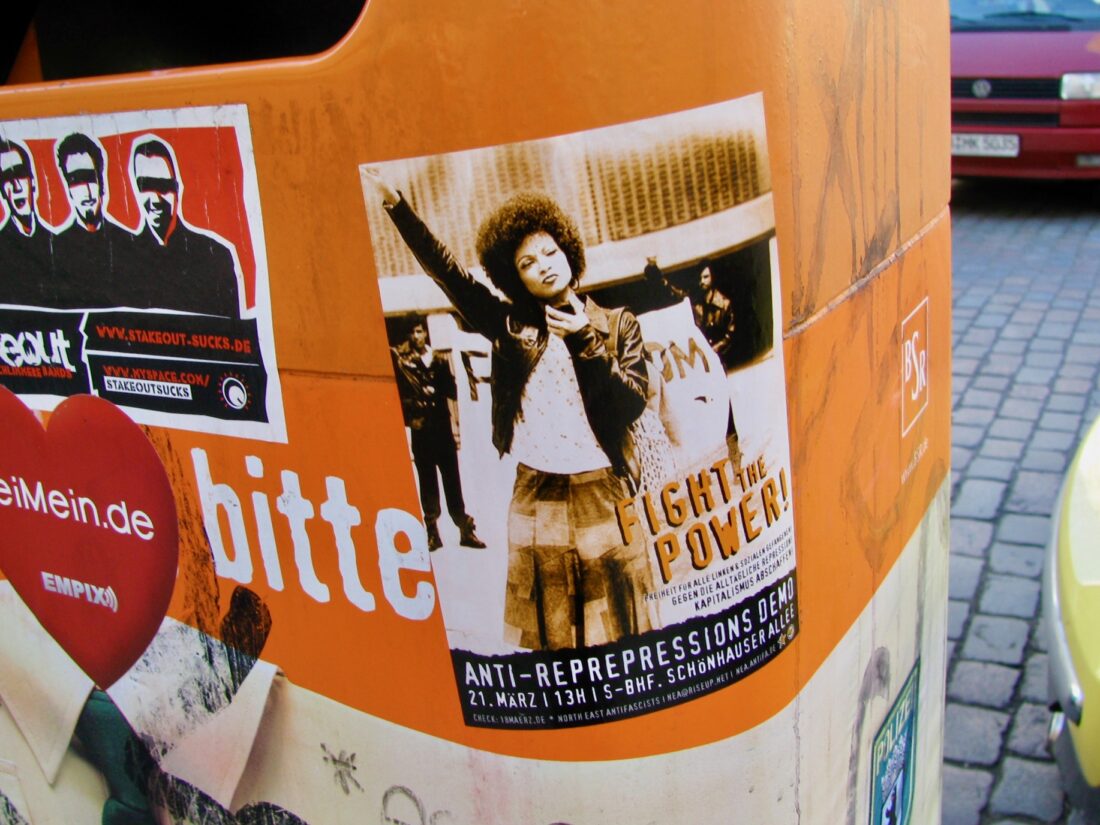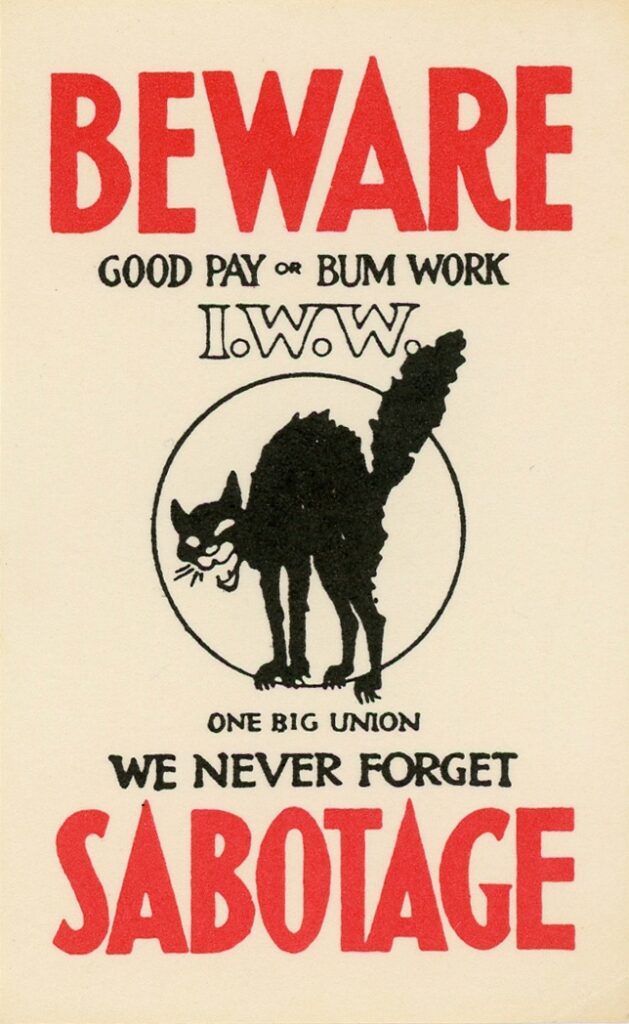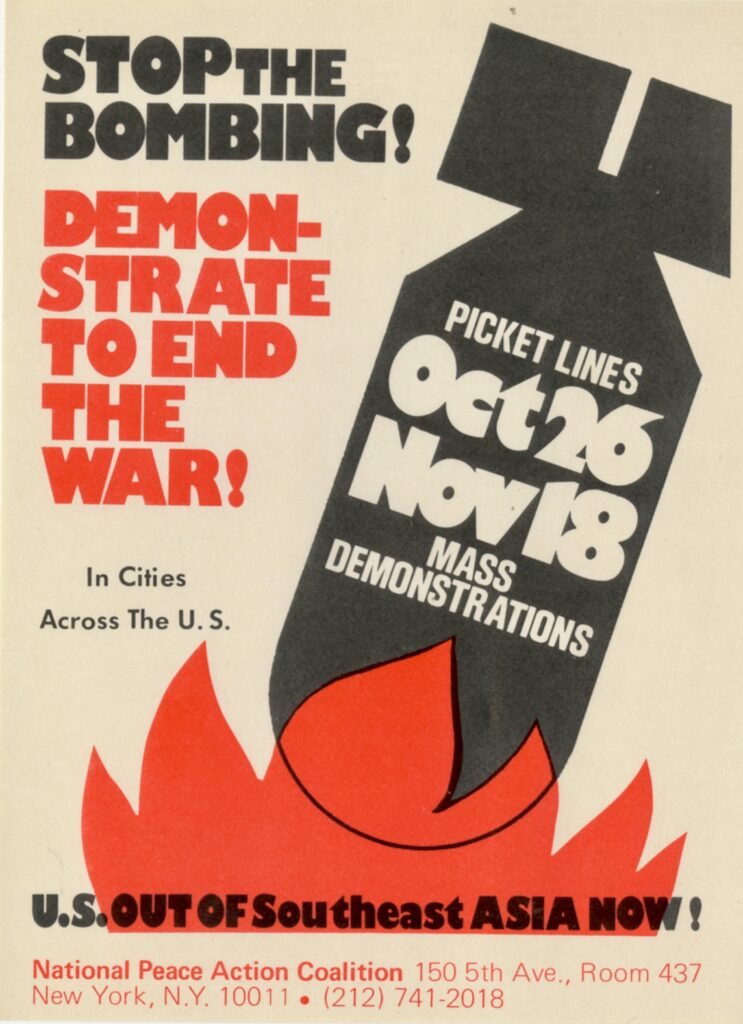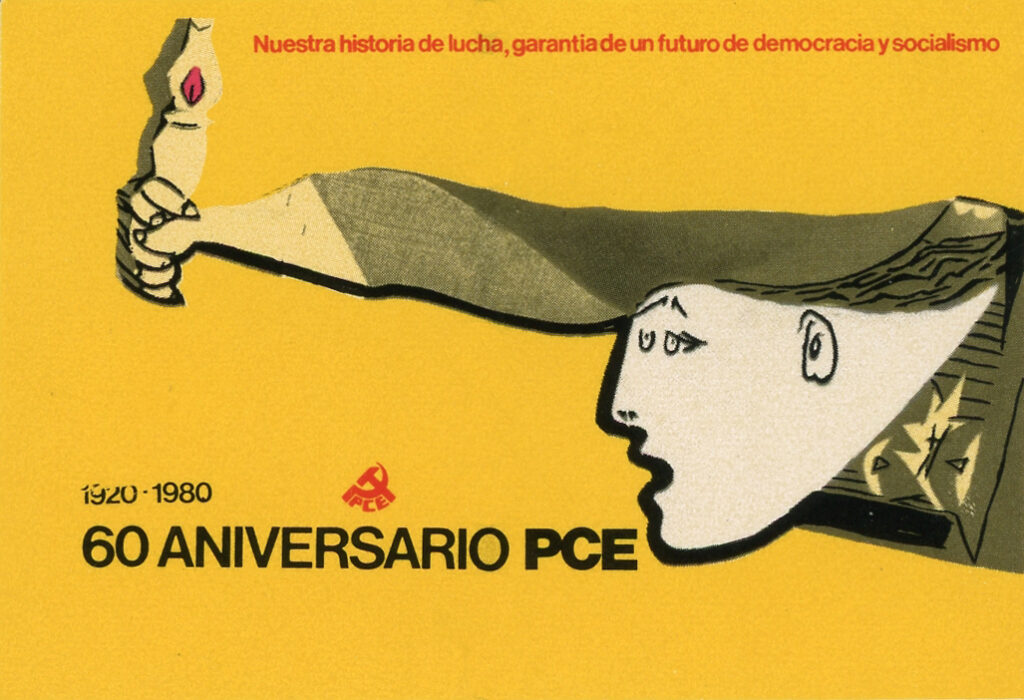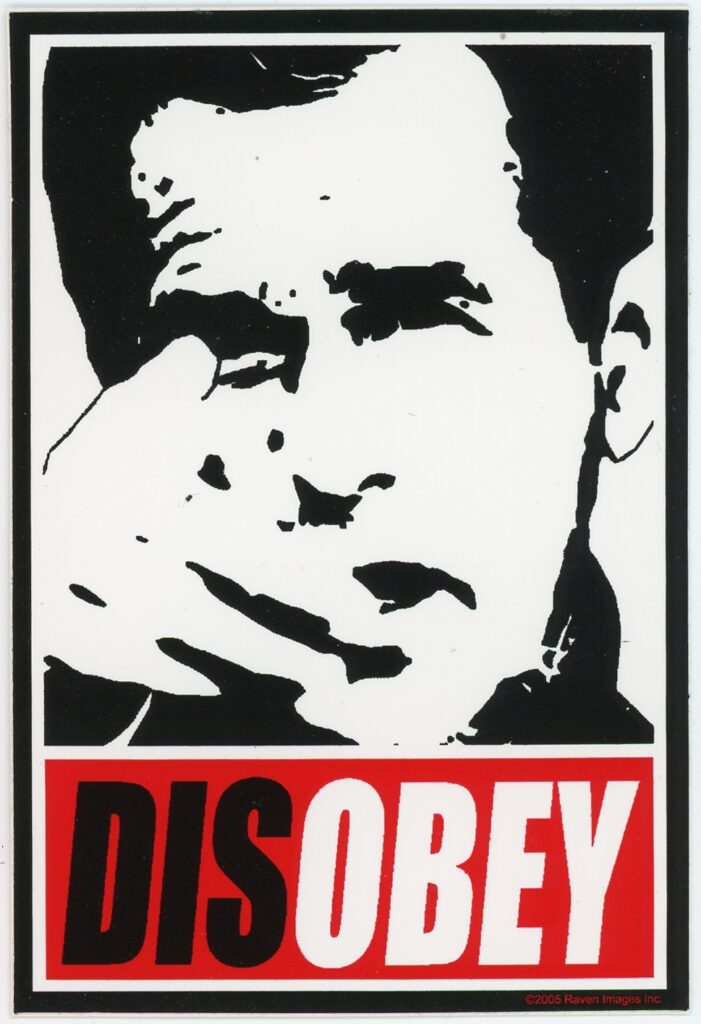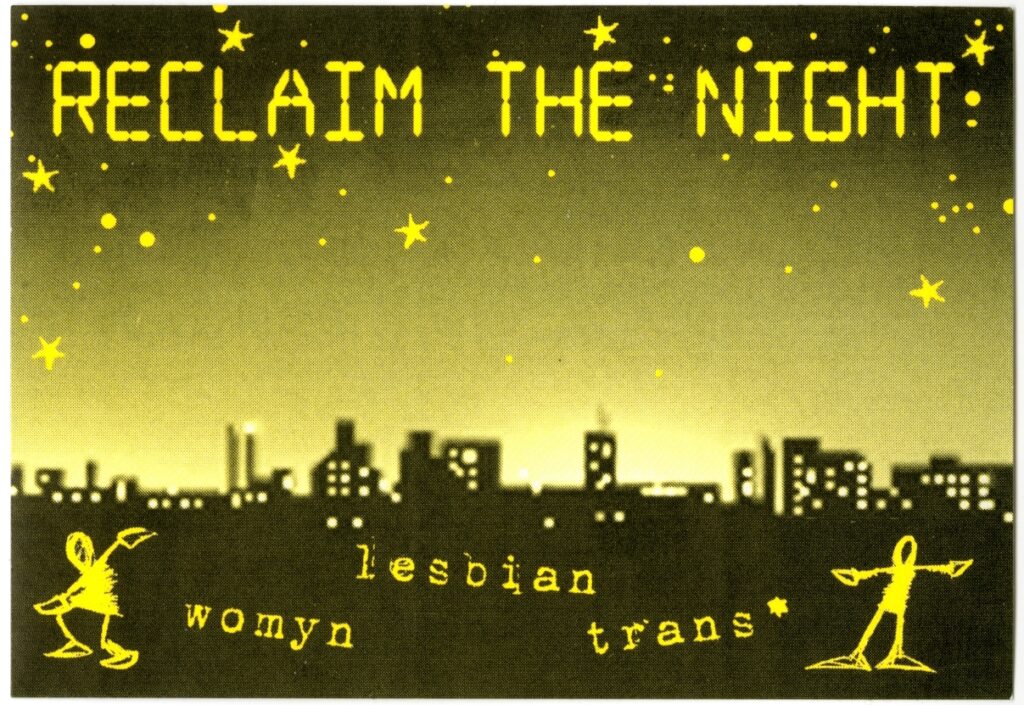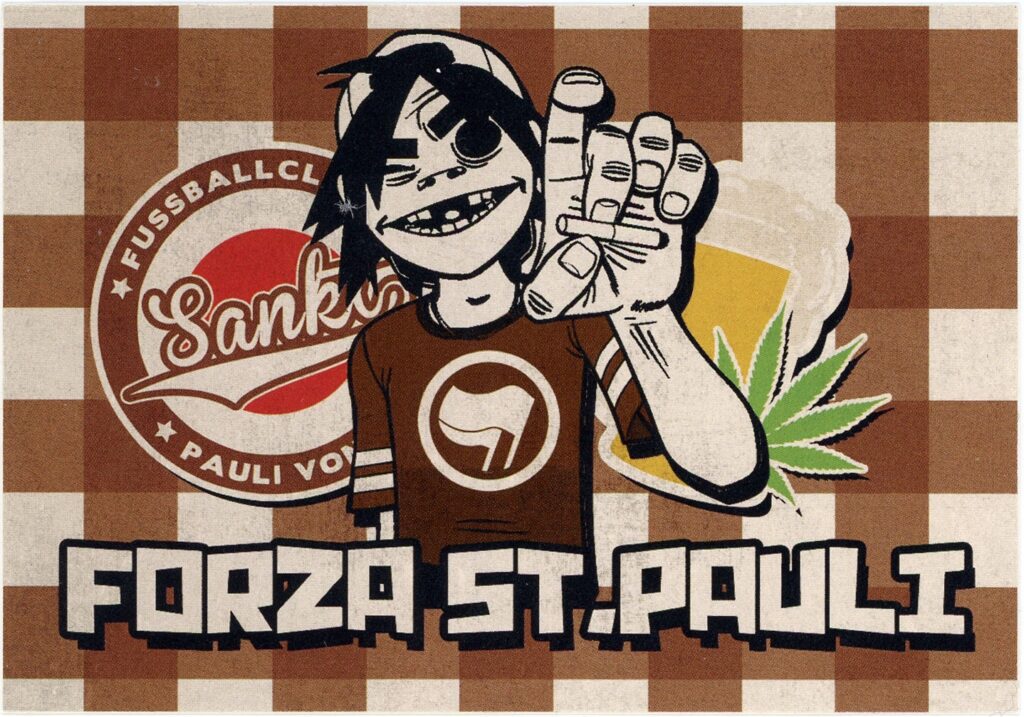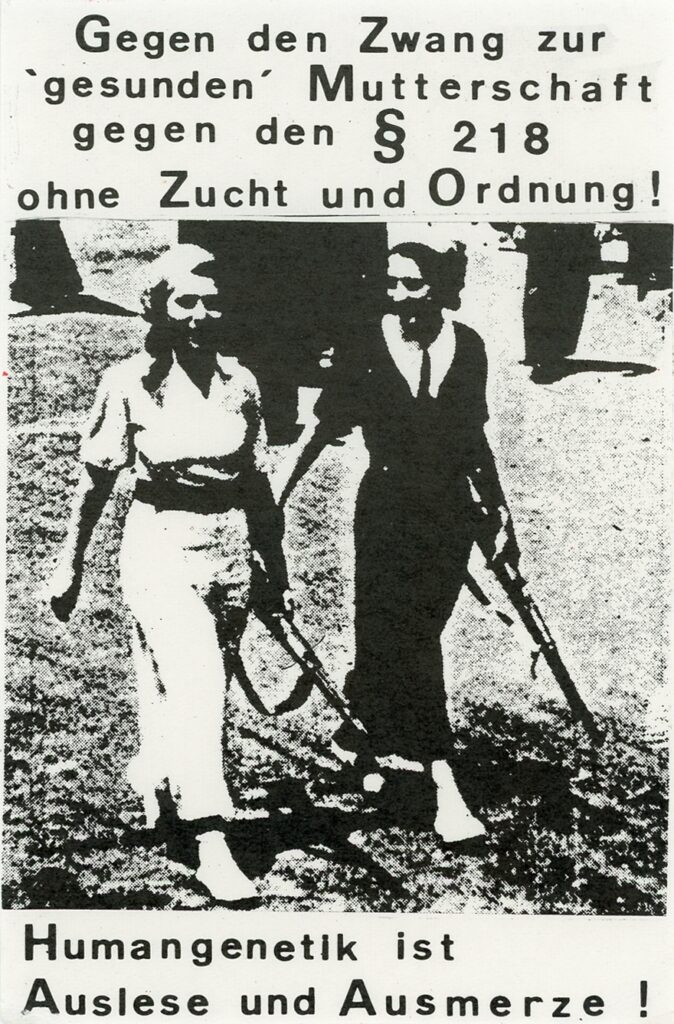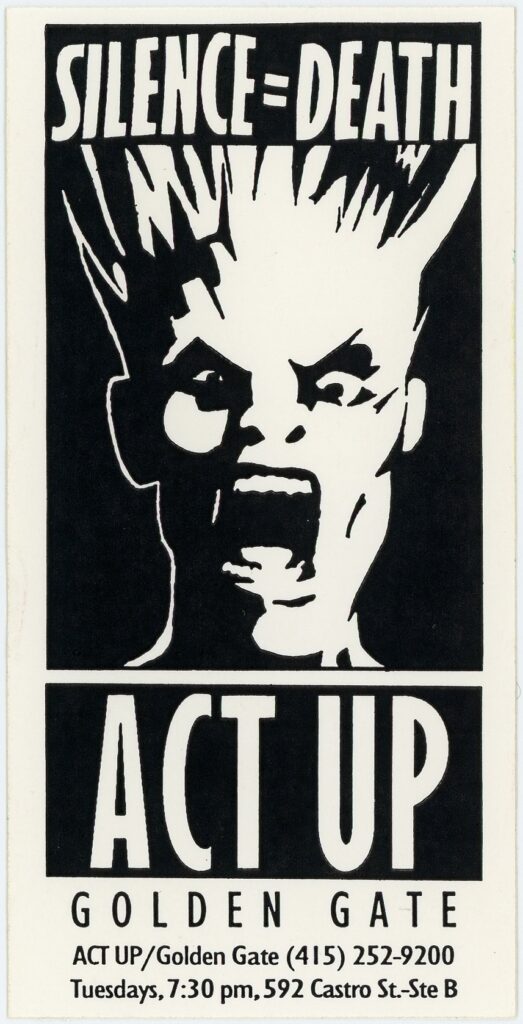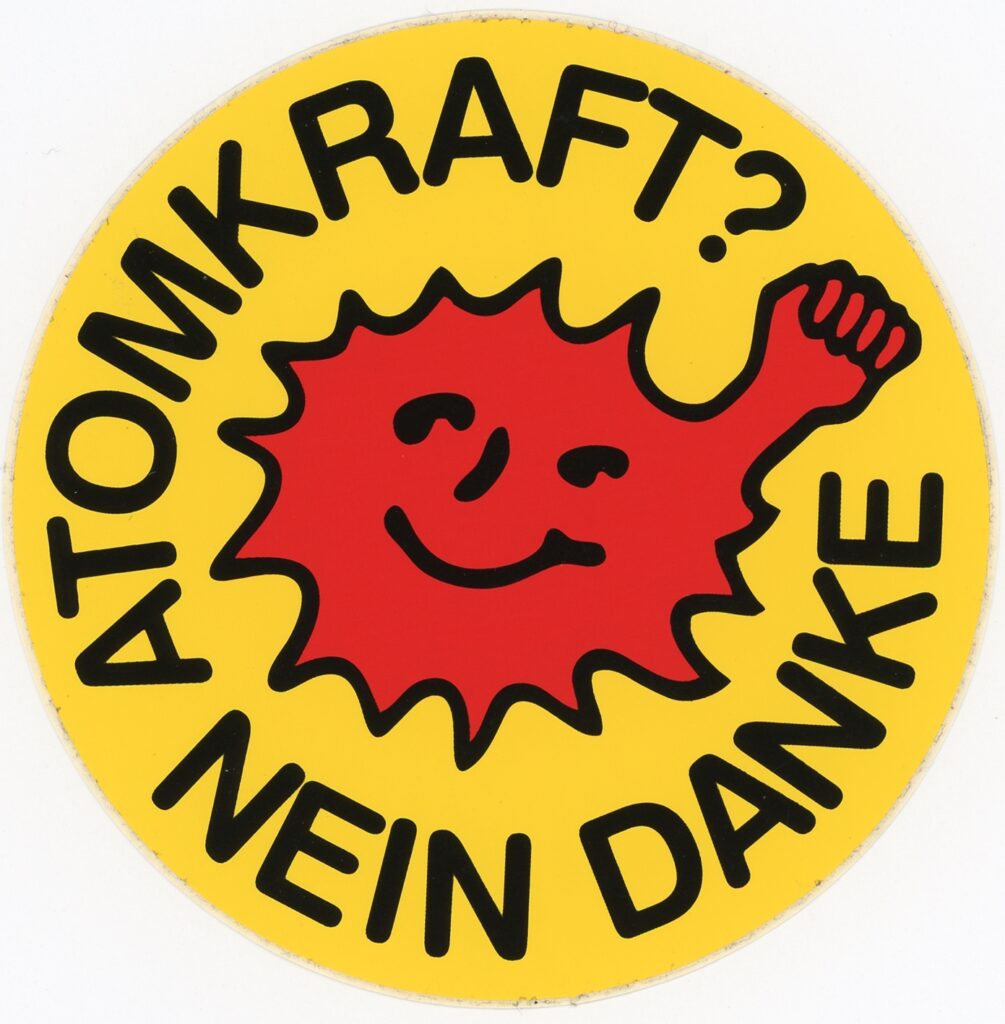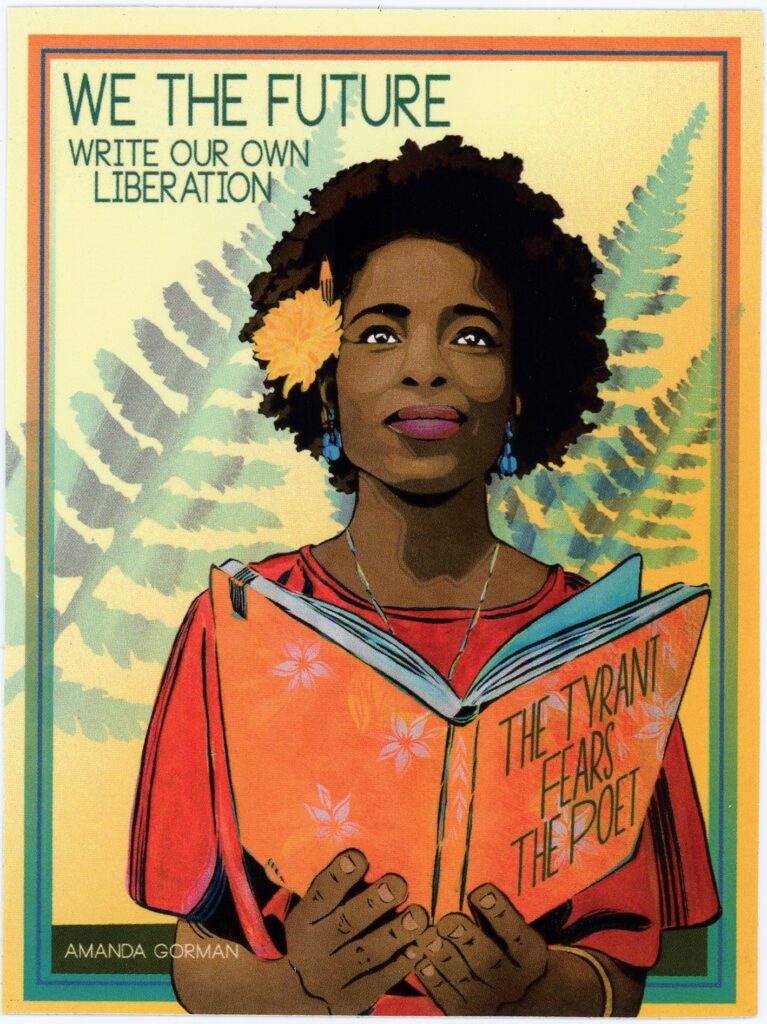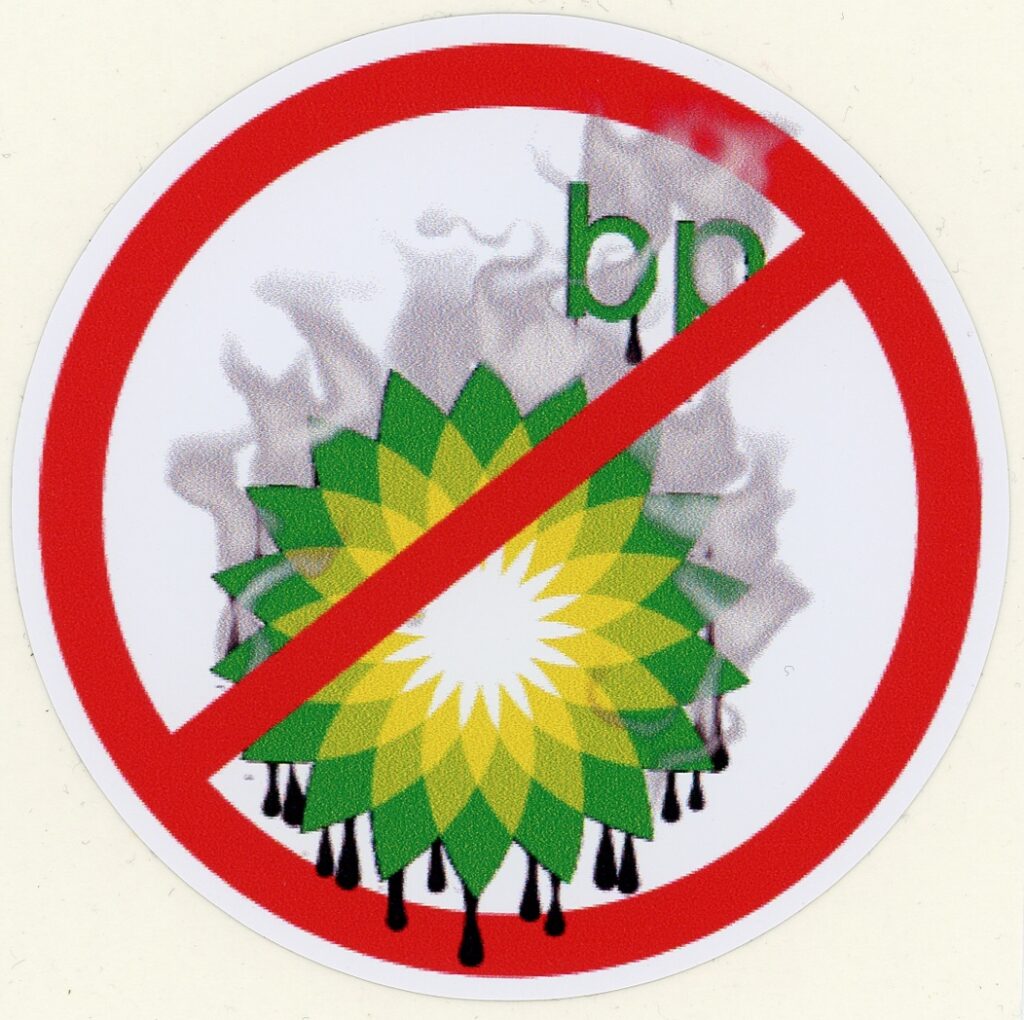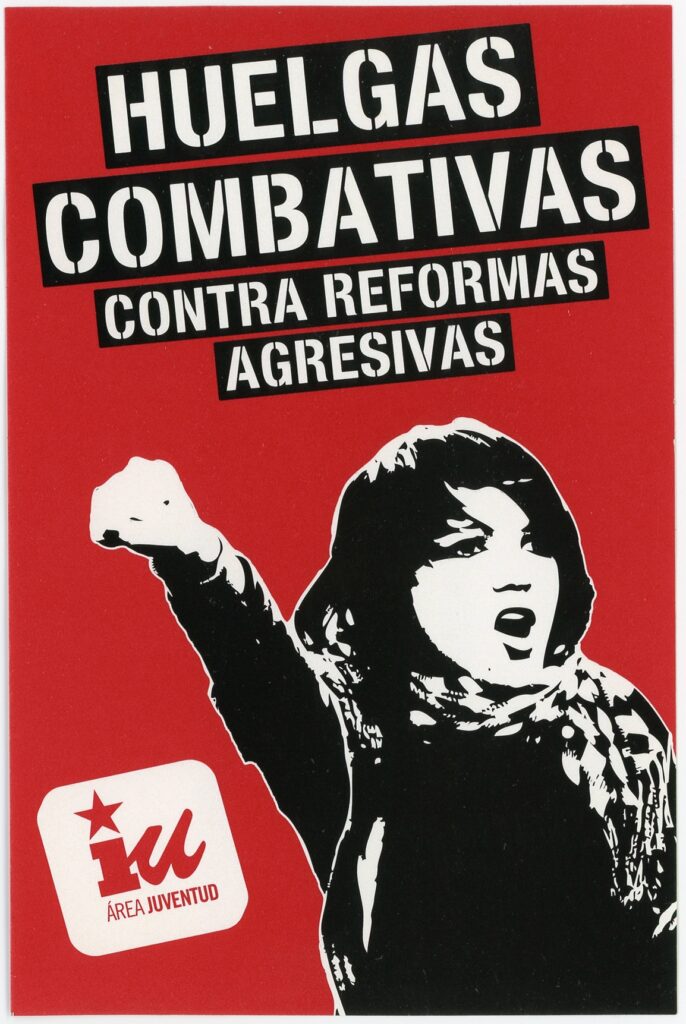Exhibition and Book Proposal
Catherine Tedford
Hidden in plain sight, publicly placed stickers with printed images and/or text have been used for decades as a form of sociopolitical protest or to advocate sociopolitical agendas. In the United States, for example, as early as the 1910s, labor unions such as the Industrial Workers of the World created the first “stickerettes” or “silent agitators” to oppose poor working conditions, intimidate bosses, and condemn capitalism.
Later, during World War II, Allied and Axis countries dropped gummed “paper bullets” or “confetti soldiers” from the sky as a form of psychological warfare to demoralize both troops and civilians. During the 1960s and ’70s American civil rights era, paper “night raiders” protested the war in Vietnam and U.S. imperialism, calling for racial and gender equity among blacks, whites, men, and women. Colorful, lightweight German spuckies have also been used for several decades to combat fascism and sexism and to comment on environmental issues.
Drawing from the private collection of Catherine Tedford, the exhibition and publication features thousands of original, unused political stickers from Canada, Egypt, England, Germany, Indonesia, Mexico, Russia, Spain, Ukraine, the United States, and other countries, dating from the early 20th century to present day. Stickers are organized by geographic location, date, and subject, including gender and sexuality, labor and workers’ rights, racism, surveillance, war and conflict, the environment, and police reform, among others (see below).
Catherine Tedford, gallery director at St. Lawrence University (Canton, NY, USA), first discovered street stickers while visiting Berlin in 2003 and has since collected over 18,000 original, unused examples from countries around the world. A two-time recipient of a DAAD German Academic Exchange Service grant, she has traveled to Berlin over 20 times to study street stickers. She writes about political stickers on her research blog Stickerkitty and has presented papers at academic conferences in Canada, England, Germany, Ireland, Scotland, and the United States.
In 2014 and 2015, two initial Paper Bullets exhibitions were presented at Hatch Kingdom Sticker Museum, Berlin, Germany. Variations of the initial Paper Bullets exhibitions were also featured in the United States at Susquehanna University (PA) in 2015, St. Lawrence University (NY) in 2017, and Central Washington University (WA) in 2018. The most comprehensive exhibition of Paper Bullets was presented at Neurotitan Gallery in Berlin, Germany, in 2019. (See review in Berliner Zeitung.)
Stickers have been published in a Street Art Graphics digital archive available to the public, free of charge, in Jstor. The archive now numbers over 4,900 items, thanks to an initial multi-year start-up grant from the U.S. Council of Independent Colleges (2015-2018) and a subsequent collection development grant to catalogue stickers by female artists (2018-2019).
Catherine Tedford Writing Samples
- Introduction: Takin’ It to the Streets & Stickin’ It to the Man
- Industrial Workers of the World “stickerettes” or “silent agitators” and timeline (USA, 1910s-present)
- “Paper Bullets,” propaganda stickers from WWI, WWII, and Desert Storm (multiple countries, 1910s-1990s)
- Featured artists/activists: Avram Finkelstein and AIDS graphics and Slavers of New York (USA, 1980s-present)
- Football Club St. Pauli “the pirates of the league” (Germany, 2000s-present)
- COVID-19 conspiracy and misinformation stickers (USA, 2020s-present)
Catherine Tedford Published Essays and Journal/Zine Articles
- “Street Art Stickers as Subversive Visual Discourse.” Unframing the Visual: Visual Literacy Pedagogy in Academic Libraries and Information Spaces, edited by Maggie Murphy, Stephanie Beene, Katie Greer, Sara Schumacher, and Dana Statton Thompson, Association of College and Research Libraries Press, 2024. Print.
- “Street Art Graphics digital archive.” Slap Me Baby Zine #5, 2023.
- “Catherine Tedford on Political Stickers from WWI to the Age of COVID.” Weave News, Interweave #29, August 4, 2022. Podcast.
- “Catherine Tedford.” The Social Movement Archive, edited by Jen Hoyer and Nora Almeida, Litwin Books, 2021, 149-158. Print.
- “Silent Agitators: Sociopolitical Stickers from the Industrial Workers of the World” and “FC St. Pauli” in Stickers, Volume 2: From Punk Rock to Contemporary Art (a.k.a. More Stuck-Up Crap, edited by DB Burkeman, Rizzoli, 2019, 236-239. Print.
- “Silent Agitators: Early Stickerettes from the Industrial Workers of the World.” Signal: A Journal of International Political Graphics & Culture. Volume 6 (February 2018). PM Press. Print. (Also published in Slap Me Baby Zine #3, September 2020.)
- Sticky art: the Street Art Graphics collection. Jstor Blog, January 4, 2017. Web.
Additional Contributors (confirmed to date)
- [Title TBD] on trans rights/independence stickers from Scotland, Hannah Awcock (UK), researcher and educator, Turbulent Isles.
- [Title TBD] on stickers from Mexico, Tzintzun Aguilar-Izzo (Mexico/USA) and Blake Lavia (Italy/USA), environmental artists/activists, Talking Wings
- [Title TBD] on stickers from the Catalan independence movement during the 1970s, a personal account from Oliver Baudach (Germany), director of Hatch Kingdom Sticker Museum
- “Stickers as Grassroots Mobilization in Cádiz, Spain, John Collins (USA), St. Lawrence University, Canton, NY. Author of Global Palestine (2011) and Occupied By Memory (2004) and co-editor of Collateral Language (2002) and Globalizing Collateral Language (2021).
- “No Intel Inside” (George W. Bush) and “Watergate: The Proof Increases Everyday” (Richard M. Nixon) stickers, Kevin Howley (USA), professor of media studies at DePauw University and blogger at Constituent Notes.
- “What Men Fear Most: the Stickers of Sister Serpents Radical Feminist Art Collective,” Jen Hoyer (USA), librarian and archivist, Interference Archive, Brooklyn, NY, and CUNY New York City College of Technology
- [Title TBD] BLM/protest stickers from the United States, Todd Lawrence and Heather Shirey (USA), University of St. Thomas, Saint Paul, MN, and founders of the George Floyd & Anti-Racist Street Art Archive
- “Women’s Issues: Memory and Violence Stickers/Pegatinas from Spain,” Marina Llorente (Spain/USA), St. Lawrence University, Canton, NY. Co-editor of Sites of Memory in Spain and Latin America: Trauma, Politics, and Resistance (2015) and Activism Through Poetry: Critical Spanish Poems in Translation (2017); co-author with John Collins and Paloma Elvira of “Victims” in Globalizing Collateral Language (2021).
- [Title TBD] auto-collantes from Portugal, Josh MacPhee (USA), artist/activist/curator, Justseeds Artists’ Cooperative; Interference Archive, Brooklyn, NY; and co-editor of Signal: A Journal of International Political Graphics & Culture
- Featured artists from Slavers of New York project Ada Reso, Maria Robles, and Elsa Eli Waithe (USA)
- “Women’s Rights, Gender and Sexuality in Spain,” “Animal Rights in Spain,” and other topics, Elena Shaw, St. Lawrence University class of 2023, independent research fellow.
- Featured artist Rommy Torrico, Chilean-born/Florida-based social justice artist and cultural worker
Examples (USA)
-
- Industrial Workers of the World “stickerettes” or “silent agitators,” 1910s-present
- War in Vietnam, 1960s-1970s
- President Richard M. Nixon, 1960s-1970s
- Black Lives Matter/Prison Reform, 1970s-present
- LGBTQI, 1980s-1990s
- AIDS epidemic, 1980s-1990s
- President George W. Bush, 2000s
- President Barack Obama, 2008 Sticker Robot artists’ pack, 2008 + 2012 campaigns
- Nature and the environment, 2000s-present
- Gender & sexuality, 2000s-present
Examples (Germany), all dated 2000s-present except spuckies
-
- Spuckies, 1980s-present
- Nature and the environment
- Capitalism/economy(ies)
- Reclaim the streets, urban re-development, gentrification, squats
- Anti-sexism, -homophobia, -transphobia
- Surveillance/technology
- Anti-nationalism
- Football Club St. Pauli “the pirates of the league”
- Die Linke (political party)
- Linksjugend [solid’] (political youth organization)
- Inforiot – alternative politics and culture
- Pop culture and culture jamming
- Memes
Examples (Spain)
- Women’s rights, gender, and sexuality, 2010s-present
- Catalan independence movement, 1970s-present
- Economy and austerity cuts, 2010s-present
- Resistance to joining NATO, early 1980s
- Anti-fascism, 2000s-present
- Nature, environment, animal rights, 2010s-present
Examples (Canada)
- Indigenous rights, 2010s-present
- Police brutality, 2010s-present
Examples (Mexico)
- Human dignity, social justice (2010s-present)
Examples (Egypt)
-
- Arab Spring, 2010-2011
Examples (Russia)
-
- Civil protests, 2012
Examples (Ukraine)
-
- Euromaidan protests, 2013-2014
Born-digital photographs of stickers in situ from NYC, Berlin, Montreal, Poznan, and other cities can be added to both the exhibition and publication. Additional information about other traveling sticker exhibitions can be found here.
